Thread: Russia, Ukraine, and NATO's doctrinal reversal
Ever since the Ukrainians began their counteroffensive in the south, a theme has emerged; namely, that the Russians are fighting in a manner eerily similar to that dictated by NATO's late cold-war doctrine. (1)
Ever since the Ukrainians began their counteroffensive in the south, a theme has emerged; namely, that the Russians are fighting in a manner eerily similar to that dictated by NATO's late cold-war doctrine. (1)

Let's start by going back to some very rudimentary basics. In warfare, there are really two types of combat assets: maneuver elements and fires. Coordinating the interplay of various maneuver assets and ranged fires is the foundational task of military operations. (2) 
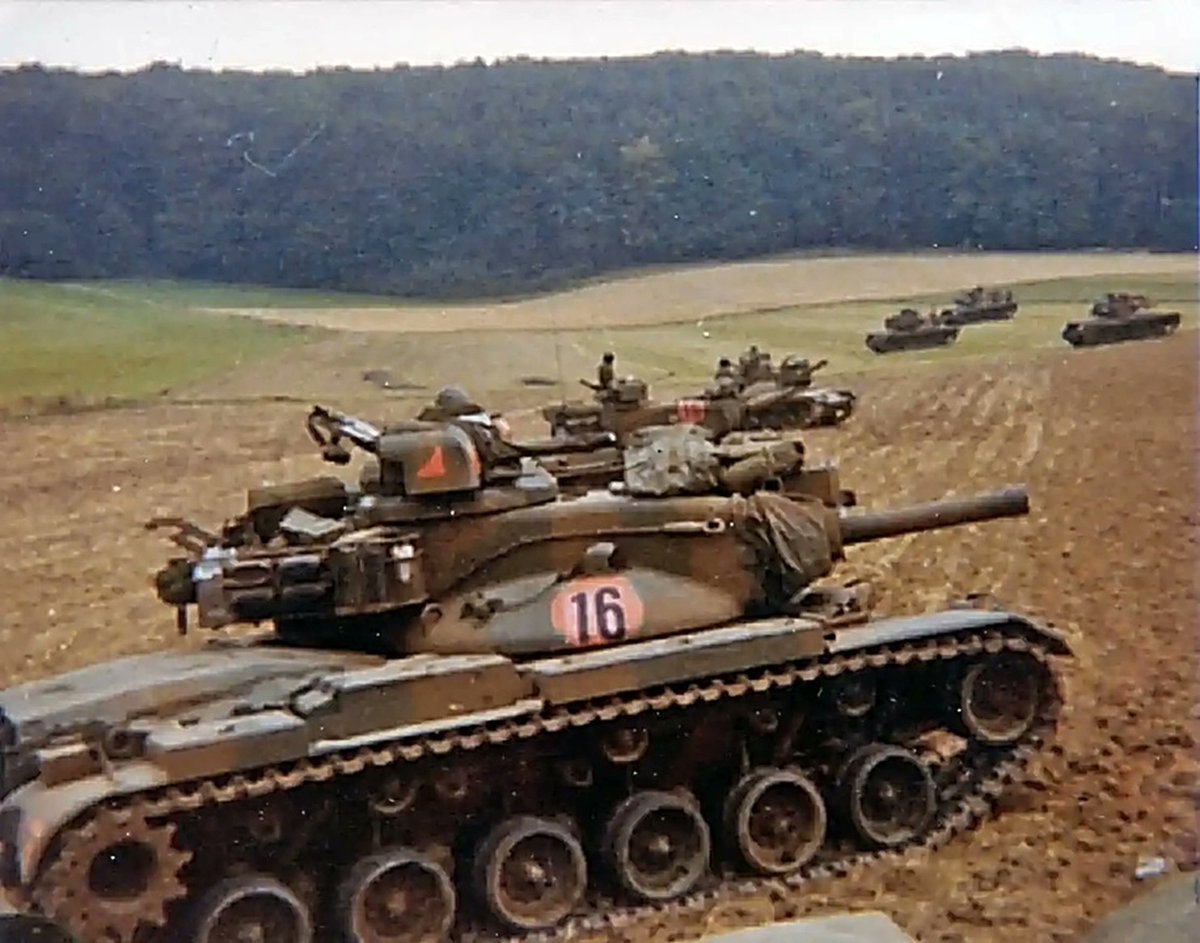
Maneuver assets are those that deliver fighting power at the contact line and determine positional control - tanks, infantry, armored vehicles, etc. Ranged fires are systems that deliver firepower remotely from the contact line - artillery, rockets, drones, aircraft, etc. (3) 
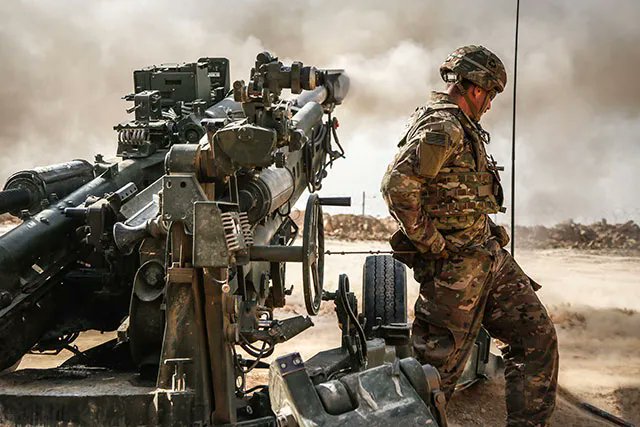
During the height of the cold war, western military planners faced a very simple problem: how could an effective defense be waged against Warsaw Pact/Red Army forces which possessed an enormous advantage in maneuver assets? What is the plan of battle for an outnumbered force? (4) 
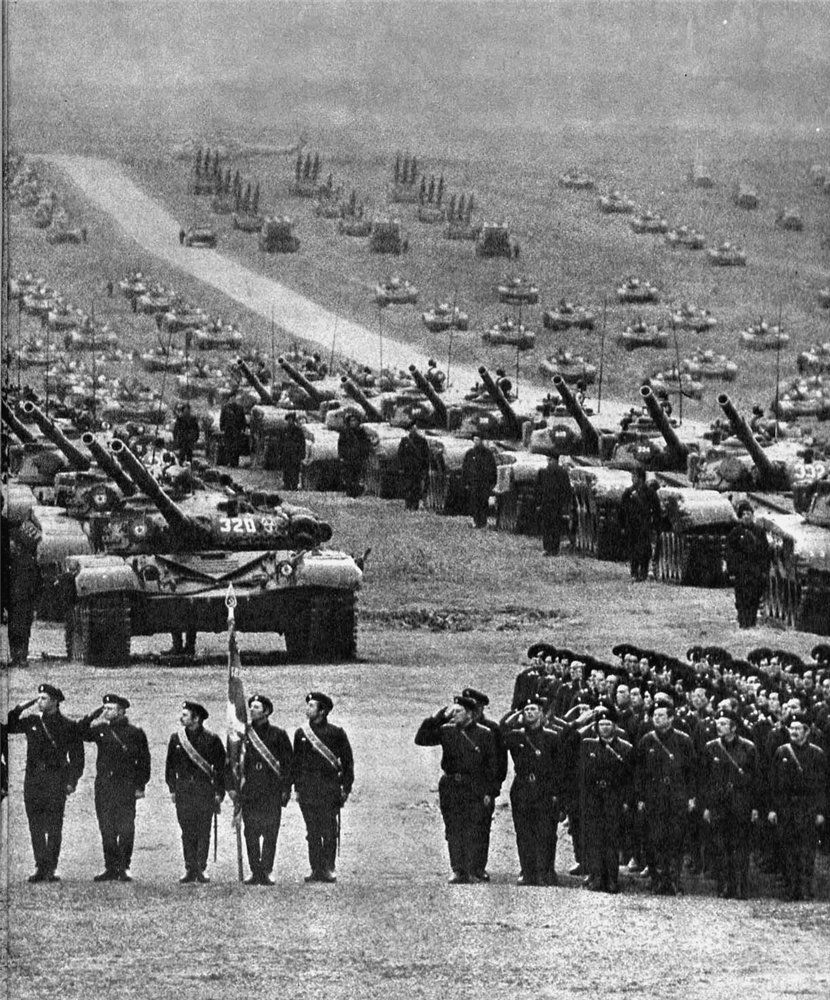
Early theoretical attempts to solve this problem were discouraging. One idea was to adopt a proactive defensive posture, concentrating fighting power at the most forward line of contact. (5) 
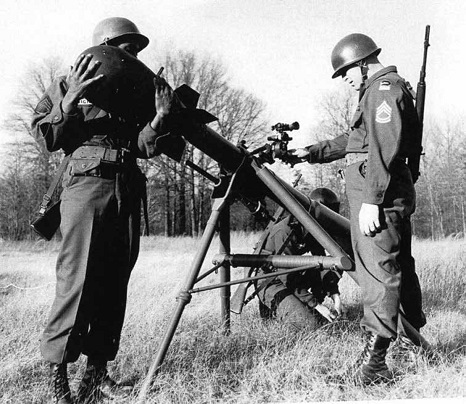
The problem with this concept was the Soviet doctrine of sequential operations - additional packages of fresh reserve forces to reinforce the attack. Even if NATO forces managed to defeat the initial Soviet onslaught, they had poor odds against the second and third assaults. (6) 
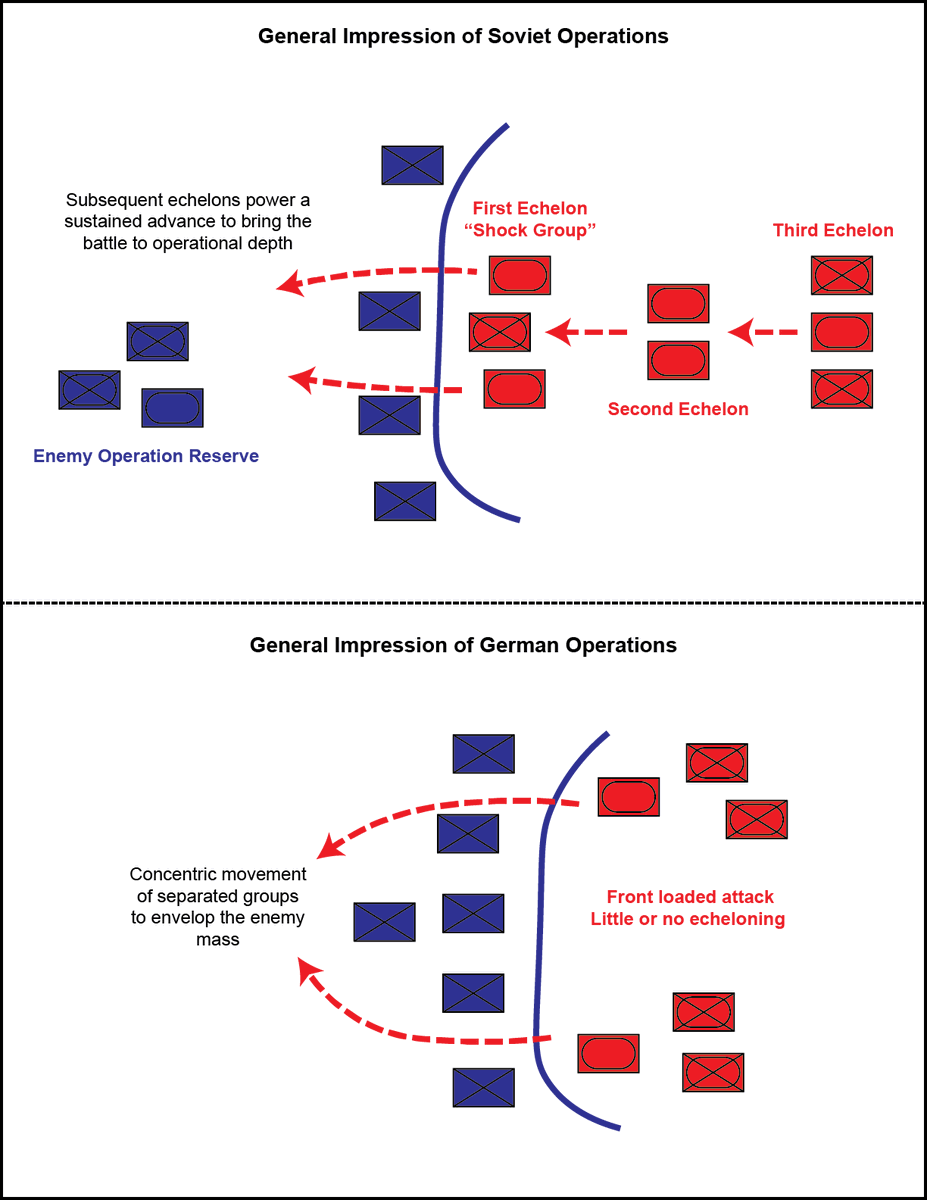
An alternative was "Defense in Depth" - multiple layers of defensive lines designed to absorb and attrit the enemy attack. This was deemed politically problematic, because it implied that much of West Germany might be overrun and occupied before the Soviets ran out of steam. (7) 
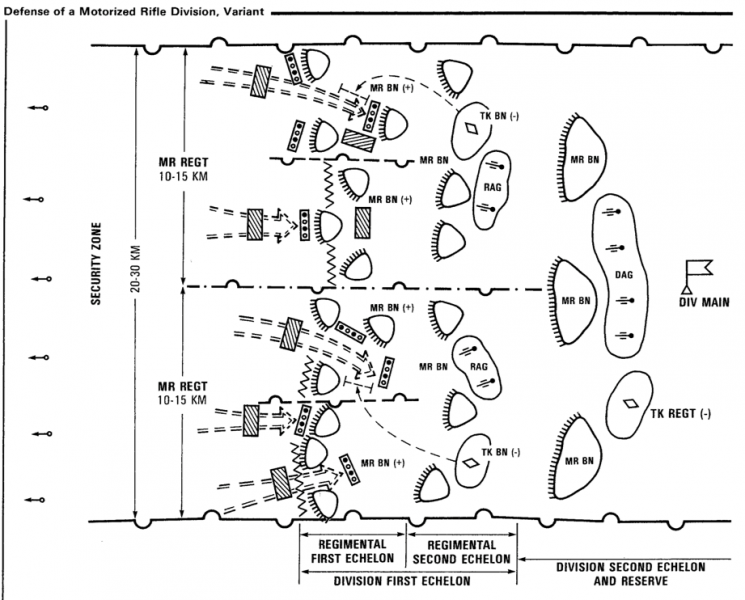
Ultimately, this was a problem that was fairly straightforward to understand, but very hard to solve. Soviet forces could count on something like a 60% advantage in tanks and armored vehicles and a similar manpower advantage. (8) 
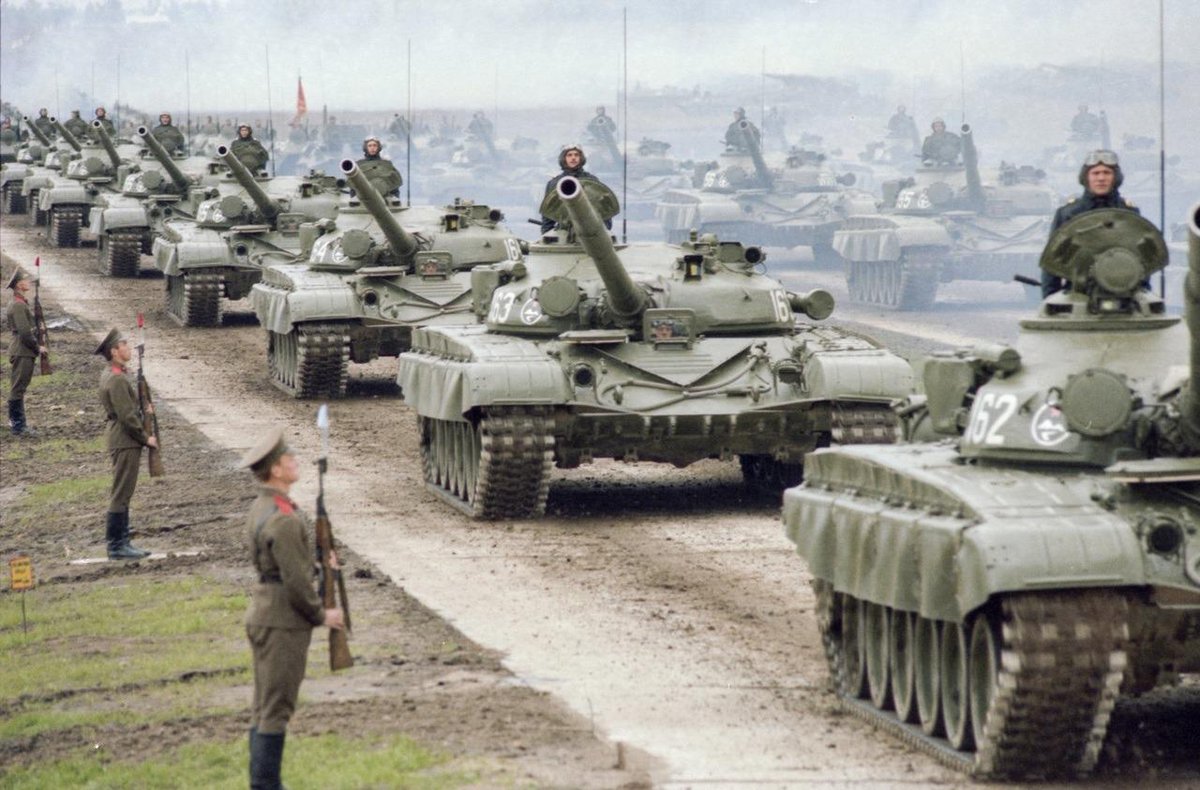
Furthermore, the USSR was much closer to the potential battlefield (Germany) than the United States, which meant it would be much easier for the Soviets to feed in additional forces and supplies. This problem grew post-Vietnam with the end of the draft in America. (9) 
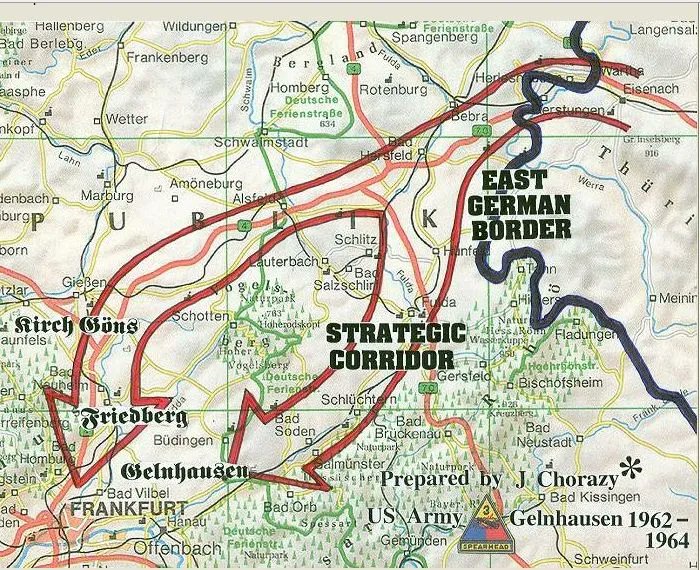
The solution - influenced heavily by America's greatest military theorist, John Boyd - was to stymie a Soviet offensive using a combination of powerful and precise ranged fires and swarming counterattacks by maneuver assets on the ground. Let's review the elements in turn. (10) 

The Soviet combat power advantage relied on a massive sustainment system. They needed to both feed additional forces into battle (echelons) and continually move enormous quantities of fuel, munitions, and material to the front. (11) 
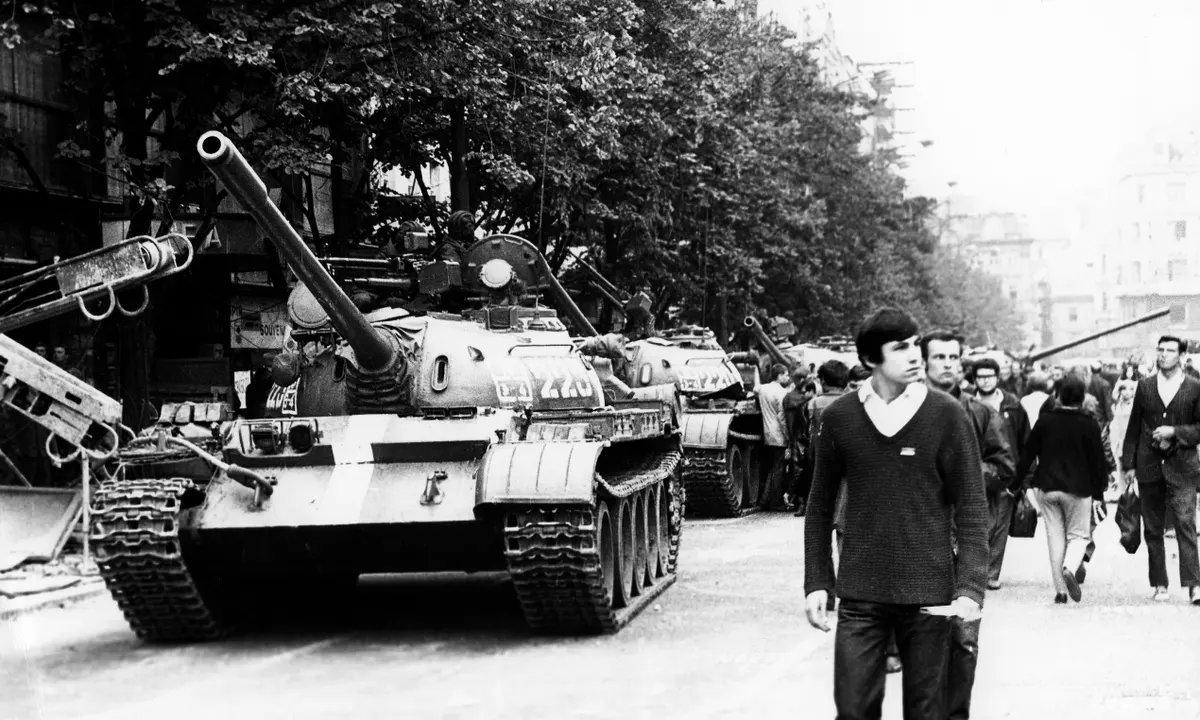
America's superior precision fires - particularly ground based rocketry (HIMARS) and air launched systems - offered the potential to disrupt the Soviet sustainment system by delivering firepower deep into the rear of the battlespace. (12) 
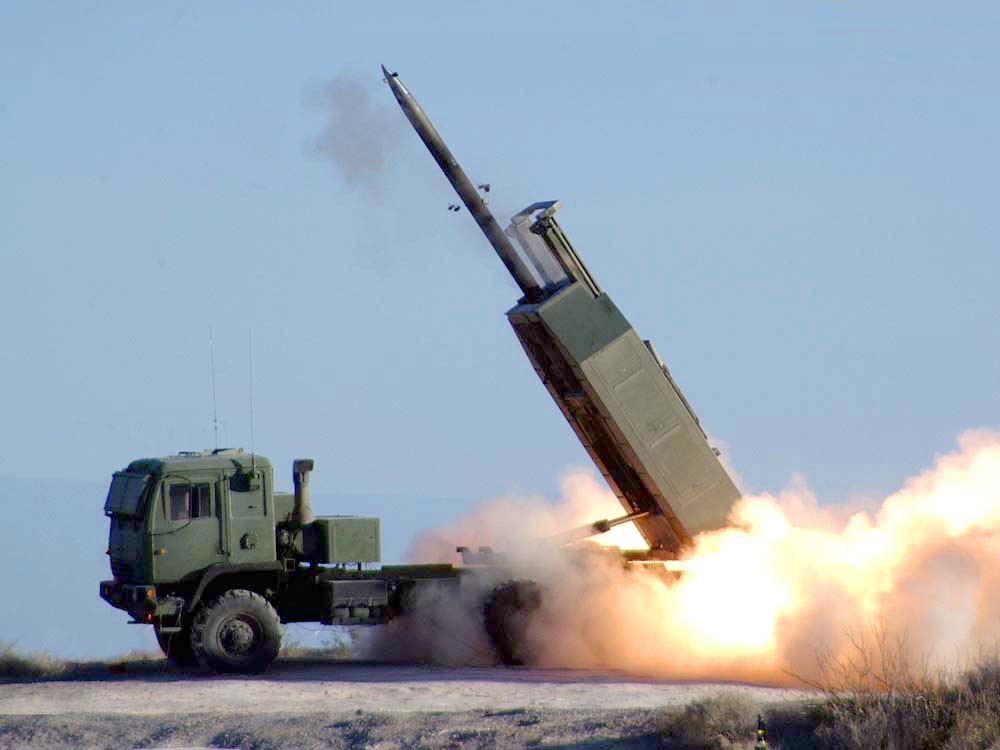
It was anticipated that a sustained and powerful strike capability would choke off Soviet fighting power by forcing them to hide and distribute assets, preventing them from concentrating reserve forces, moving them quickly to the front, or supplying them. (13) 
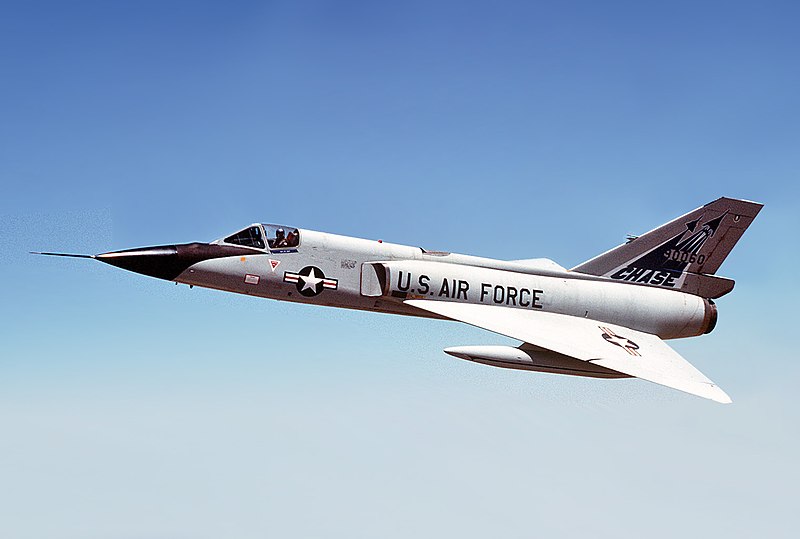
By saturating the Soviet rear area with strikes, it was hoped that Soviet fighting power could be severely blunted by preventing the Red Army from concentrating its superior assets on the ground and slowing their arrival at the line of contact. (14) 
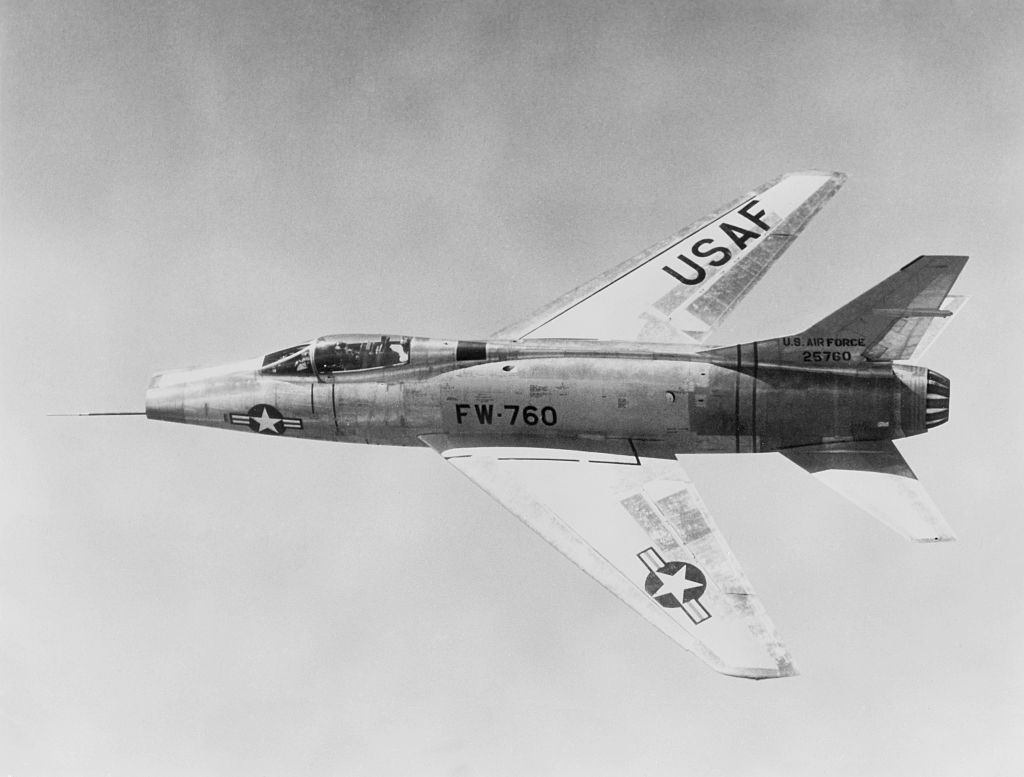
Furthermore, Col. John Boyd suggested what he called "counter blitzing" - a doctrine of lively counterattacking all over the enemy front. This would create an ambiguous operational situation and further prevent the enemy from concentrating his forces. (15) 
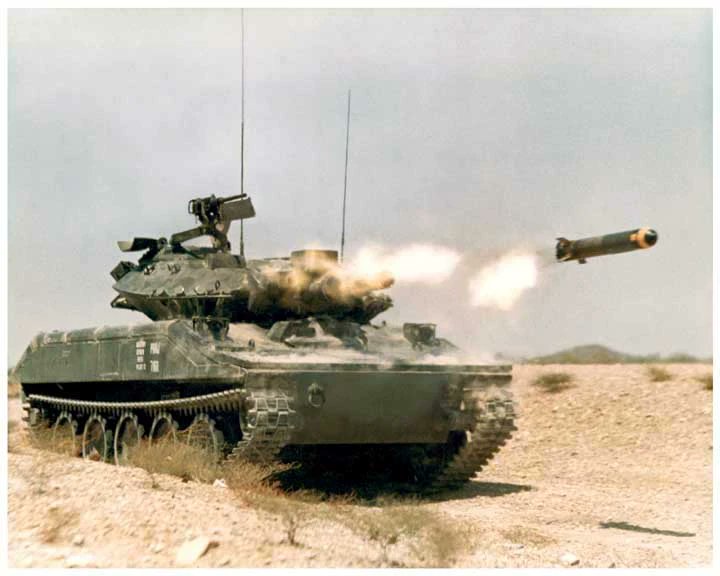
In essence, these synergistic doctrines - precision strikes in depth and a frenetic and aggressive counterattacking posture - would stretch the battlespace out in all directions, dilute Soviet fighting power, and prevent them from concentrating forces for a decisive assault. (16) 
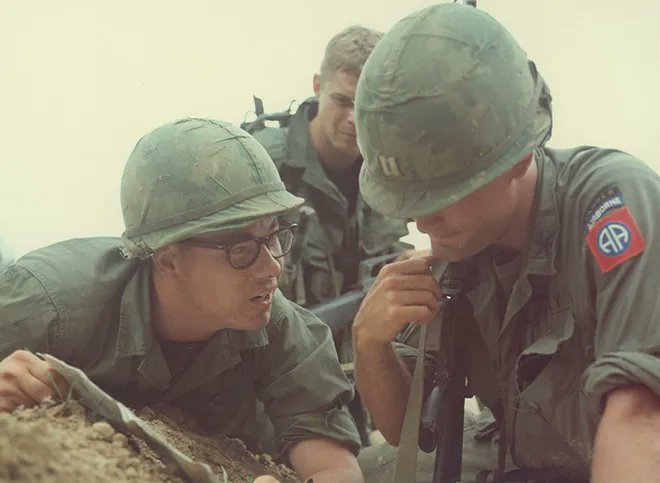
Collectively, this doctrine was popularly known as "Airland Battle", and its defining quality was a counterattacking defense and the use of precision fires to attrit rear echelon enemy forces and degrade the enemy's sustainment. (17) 
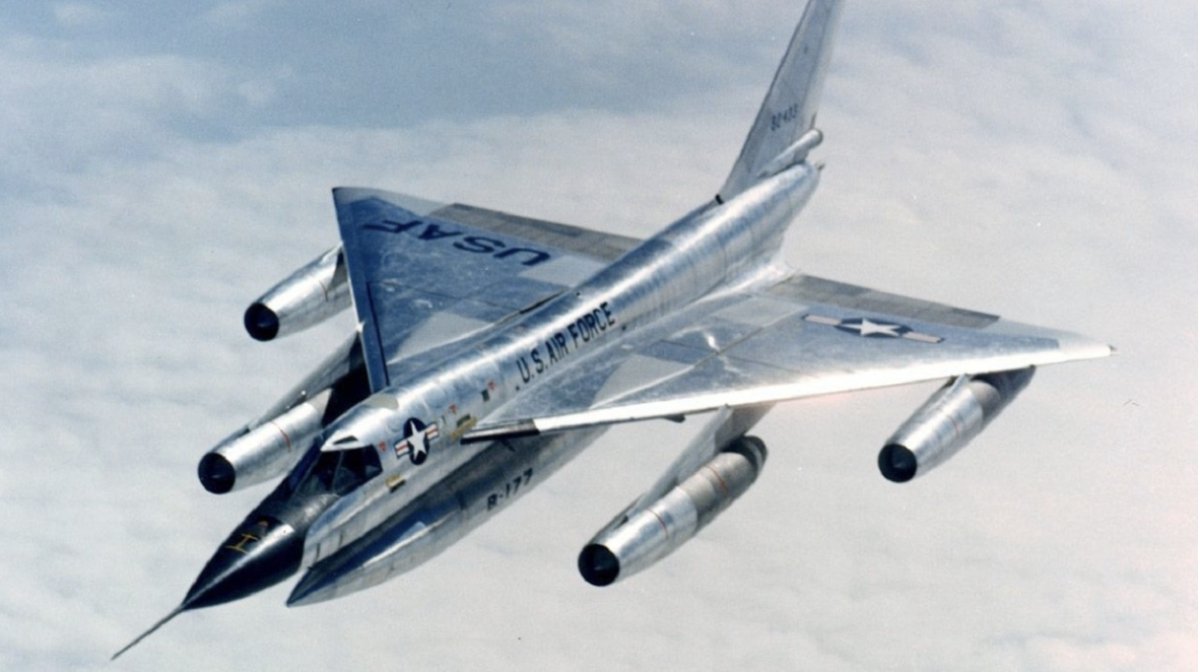
Well, what do we have in Ukraine? Something rather similar to Airland Battle, it would seem. The Russian defense against the Ukrainian Counteroffensive has seen both a highly proactive counterattacking posture and an exponential growth in Russian strike capabilities. (18) 
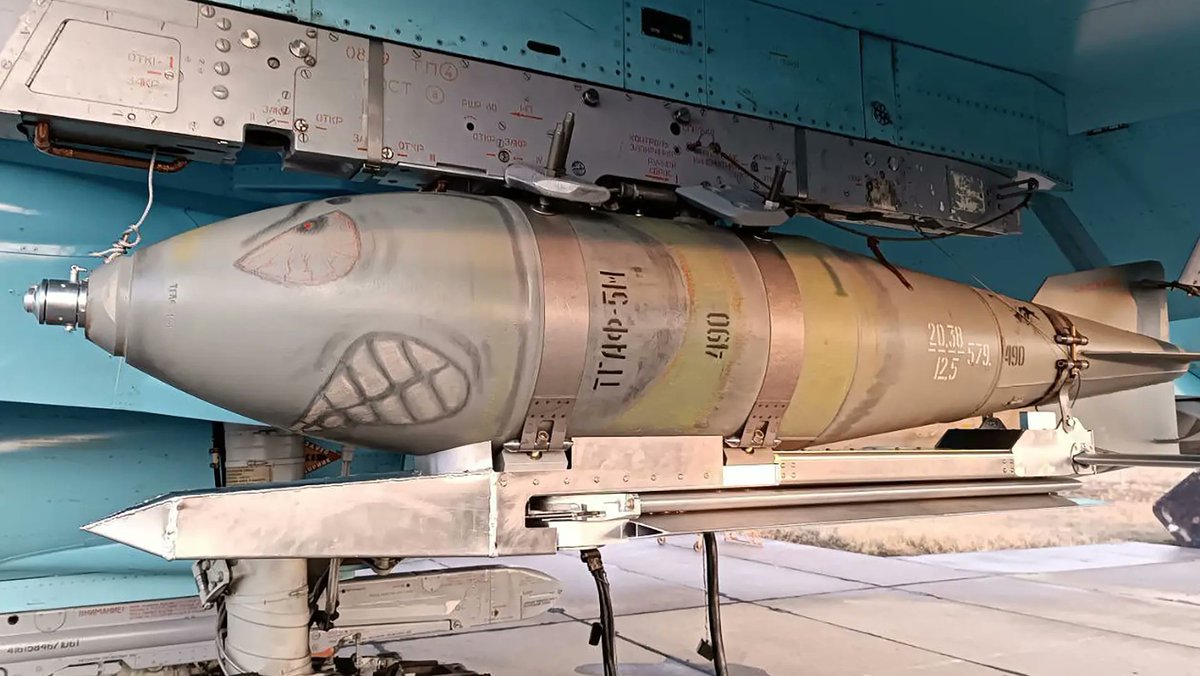
While NATO labored to retool Ukraine's mechanized force (mainly big ticket maneuver assets), most of Russia's new capabilities come in the form of standoff fires like the Lancet, Geran, UMPK, and the swarms of FPV drones that plague Ukrainian troops. (19) 
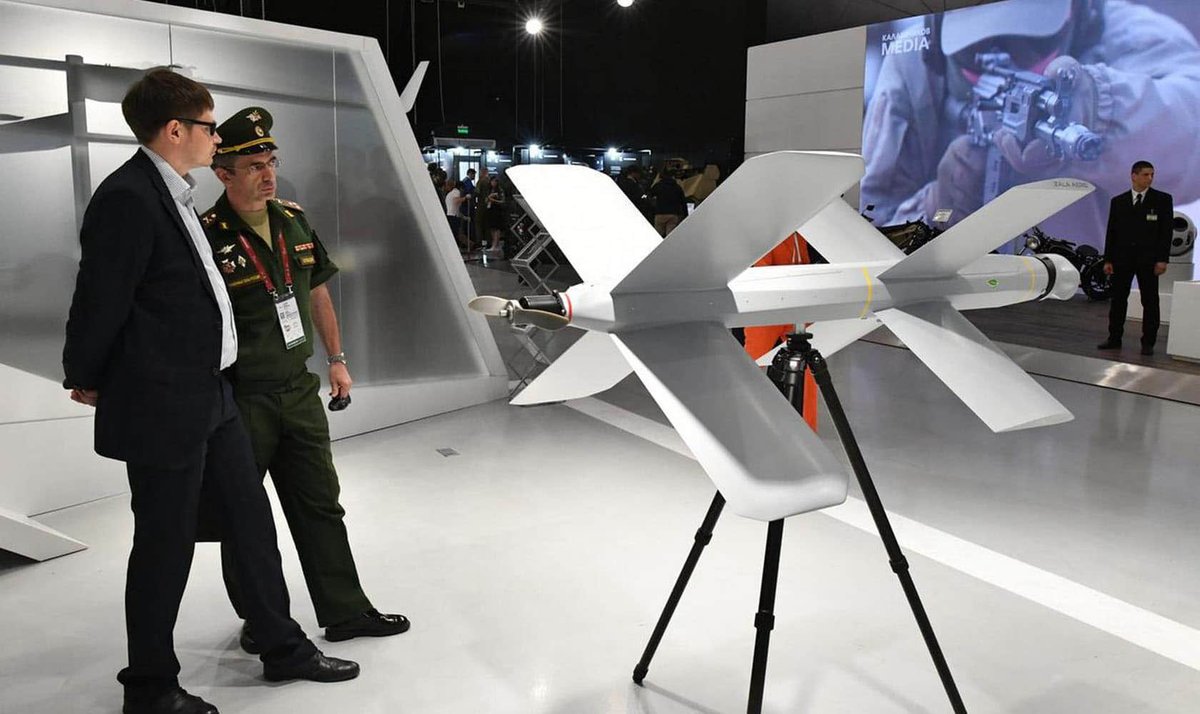
While the Ukrainians want to concentrate their mechanized package in the south, the Russians have conducted opportunistic attacks all around the front, drawing in Ukrainian reserves and creating extreme operational ambiguity. Col. John Boyd would approve. (20) 
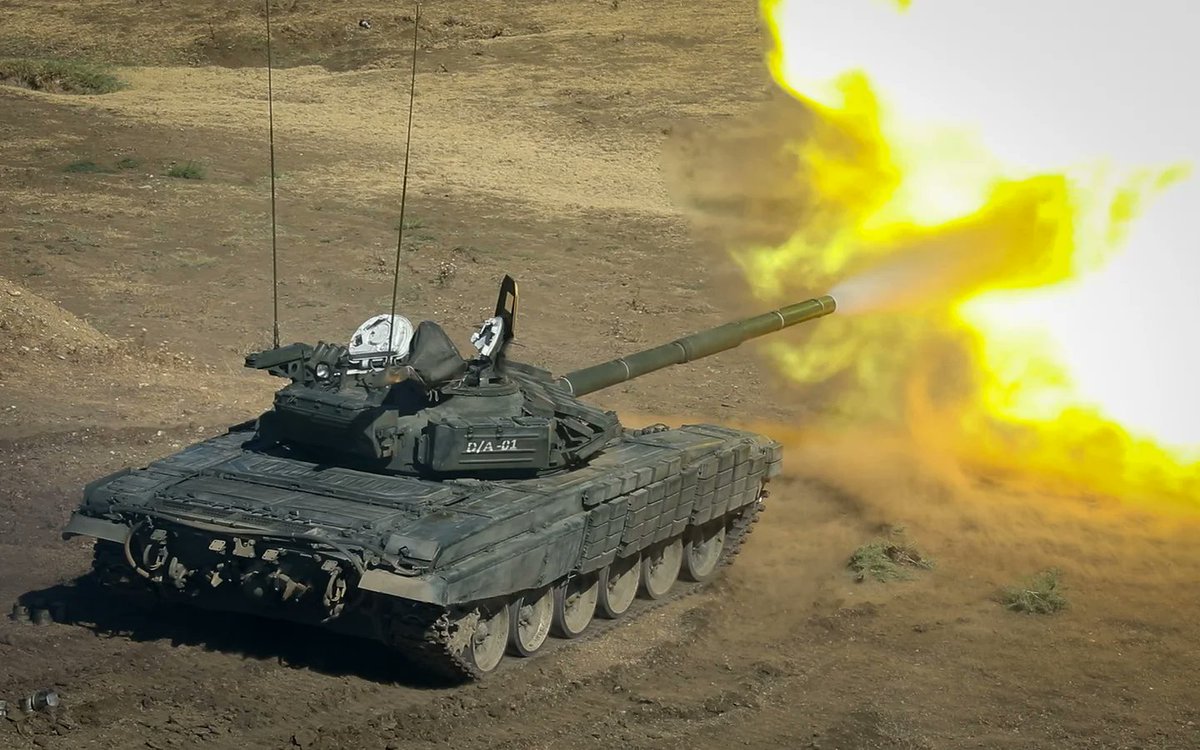
Meanwhile, Russian strike assets continue to hammer staging areas, ammunition dumps, and command posts in the southern theater. They've hit trains and assembly points, and they harry Ukrainian forces with drones. (21) 
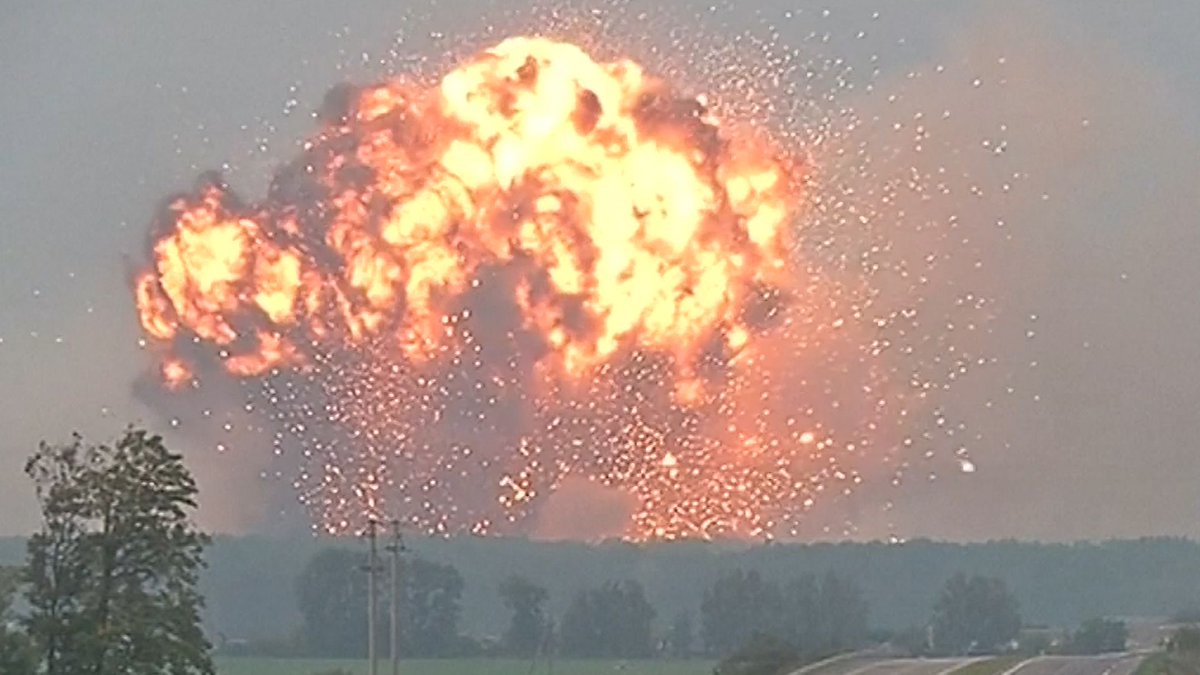
All of this works to make it nearly impossible for Ukraine to concentrate maneuver assets to attack, and slow to reinforce their efforts. Under these conditions, its nearly impossible to attack successfully. Fires are leveraged to dissipate the enemy's maneuver assets. (22) 
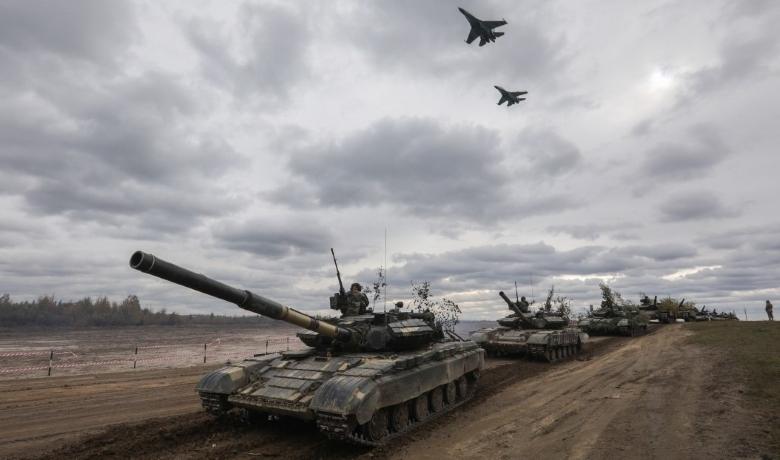
Obviously, Russian military doctrine is its own deep well of thinking - the point here is not to suggest that they ripped off Airland Battle. Maybe instead, we should say that Airland Battle had identified fundamental truths of the battlefield and operations. (23) 
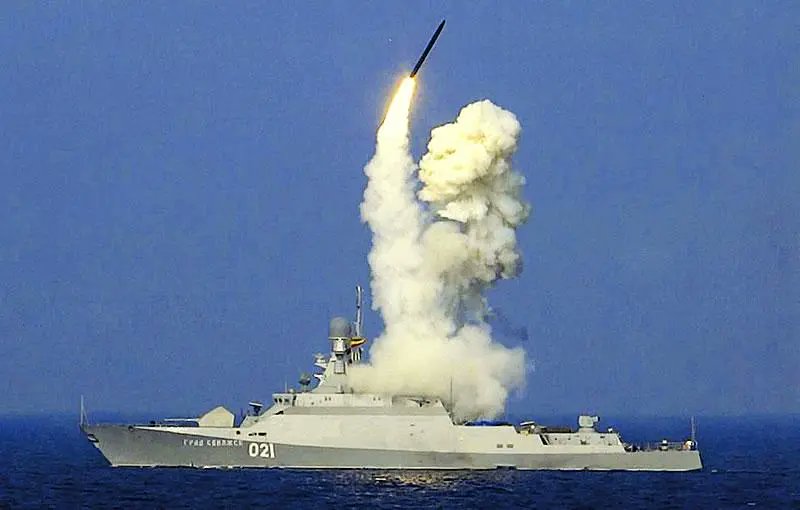
When the enemy needs to concentrate his forces to attack successfully, the logical response is to stretch the battlespace both horizontally (counterattacking frenetically) and vertically (striking his sustainment infrastructure and reserves), forcing him to disperse. (24) 
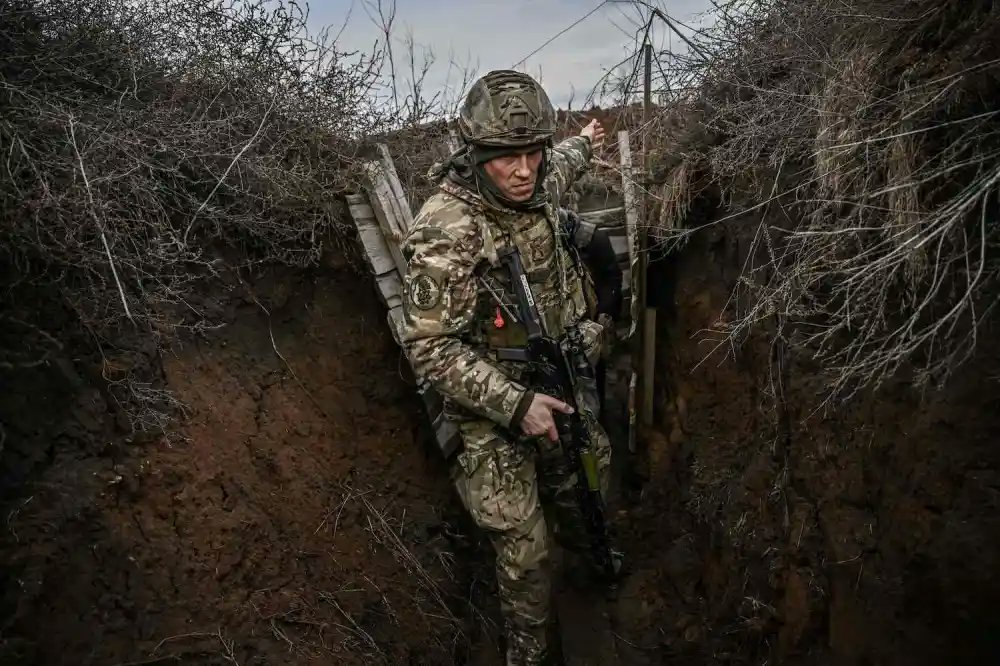
This should give western military leadership pause. Rather than dismissing the Russians as a product of brute force, they ought to consider that this Russian Army might just be a disciple of John Boyd - a sobering thought indeed. (25) 
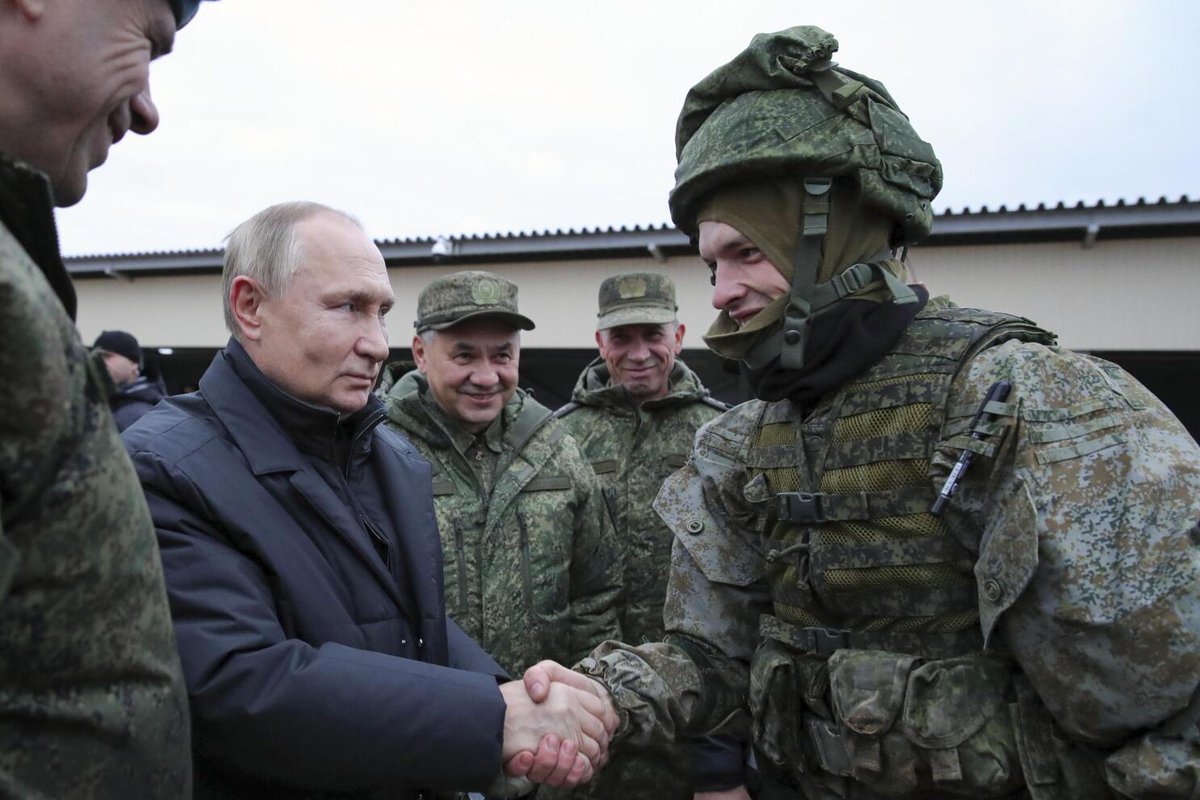
• • •
Missing some Tweet in this thread? You can try to
force a refresh

 Read on Twitter
Read on Twitter









